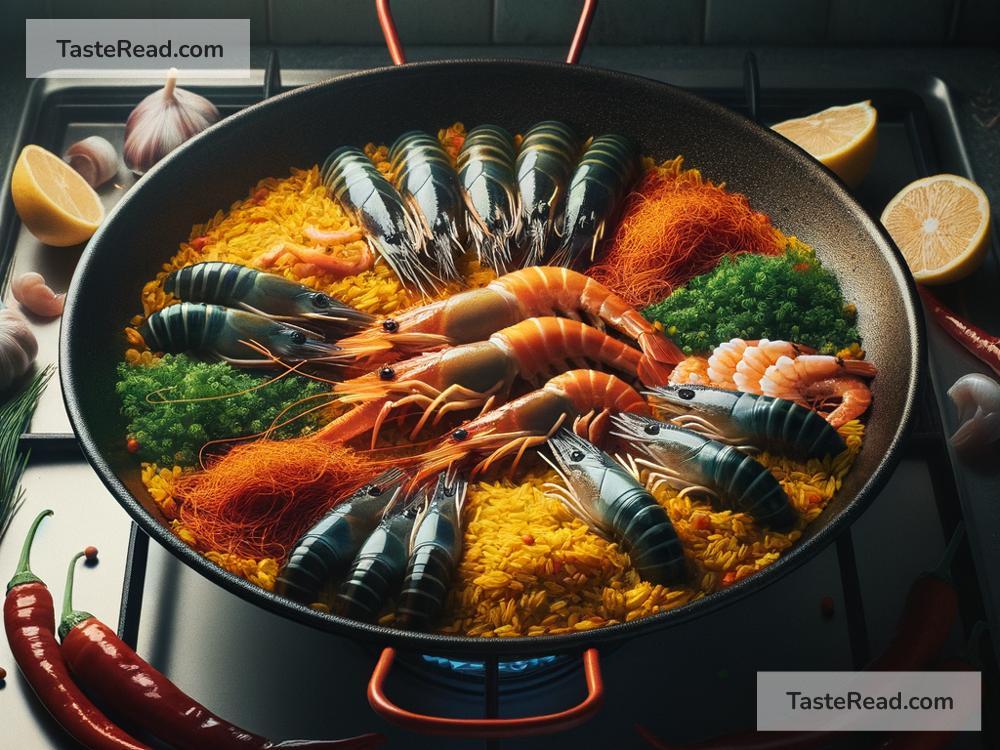Title: Mastering the Art of Spanish Cooking: A Guide to Using a Paella Pan
Whether you’re an avid food enthusiast or simply someone who enjoys experimenting with diverse culinary traditions, learning how to use a paella pan can transform your cooking game. This iconic, wide, and shallow pan isn’t just for making paella—it’s a versatile kitchen tool that can be employed to create an array of authentic Spanish dishes. Here’s your simple guide to using a paella pan to bring the flavors of Spain right into your kitchen.
Understanding the Paella Pan
Before diving into the cooking process, let’s familiarize ourselves with the paella pan. Traditionally called a ‘paellera,’ this pan is characterized by its wide base and shallow depth, designed to cook rice and other ingredients evenly. The pan’s shape allows liquid to evaporate quickly, ensuring the rice cooks perfectly al dente with the desired socarrat (the crispy, caramelized crust on the bottom) that paella is famous for.
Choosing Your Pan
Paella pans come in various materials, such as carbon steel, stainless steel, and enameled steel. Carbon steel is the most traditional and favored for its quick heating and cooling properties; however, it requires more maintenance to prevent rust. Stainless steel pans are more durable and easier to maintain but can be pricey. Enameled steel offers a good compromise, with easier maintenance and a reasonable price point.
Preparing Your Pan
If you’ve opted for a carbon steel pan, you’ll need to season it before the first use to create a non-stick layer. Wash it with soap and water, dry thoroughly, and coat it with a thin layer of oil before heating it on the stove top until it smokes. Let it cool, and wipe away any excess oil. This step isn’t necessary for stainless steel or enameled pans.
Cooking with a Paella Pan
Now, onto the fun part: cooking. Here’s a basic guide to creating an authentic Spanish paella in your new pan.
-
Gather Ingredients: Traditional Valencian paella includes rabbit, chicken, green beans, and sometimes snails. However, seafood or a mix of meats and vegetables are also popular variations. Regardless of your chosen ingredients, ensure you have short-grain rice, quality broth, saffron, and olive oil.
-
Sauté the Base: Heat a generous amount of olive oil in the pan and sauté your meat until browned. Add vegetables (like tomatoes, peppers, and garlic), and cook until they soften.
-
Add the Rice: Distribute the rice evenly across the pan, stirring for a few minutes to toast it and coat it in the flavors of your base.
-
Pour in Liquid: Add warm broth (usually about twice the volume of your rice) and a pinch of saffron for that distinctive color and flavor. This is also the moment to season with salt.
-
Cook Without Stirring: This is crucial. Once the liquid is added, resist the urge to stir. Cook on a medium flame and allow the rice to absorb the liquid and form the crust below. The cooking should take about 20-25 minutes.
-
Rest Before Serving: Once done, remove the pan from the heat and cover it with a clean kitchen towel. Let it rest for about 10 minutes. This allows the flavors to meld together and the rice to finish absorbing any remaining liquid.
Tips for Success
- Even Heat Distribution: If your stovetop burner isn’t as wide as your pan, consider cooking over an open flame or purchasing a paella burner for even heat distribution.
- Do Not Stir: As mentioned, stirring the rice after adding the liquid will prevent the socarrat from forming. Let the magic happen undisturbed.
- Serving: Serve the paella directly from the pan for an authentic experience. Gather your friends and family around, and enjoy it communal-style.
Embracing the art of making paella with a traditional pan invites not just a meal, but an experience into your home. It’s about gathering, sharing, and indulging in the rich flavors and culture of Spanish cuisine. With a bit of practice and patience, you’ll soon master cooking with your paella pan, venturing beyond paella to explore all the culinary possibilities it offers. ¡Buen provecho!


